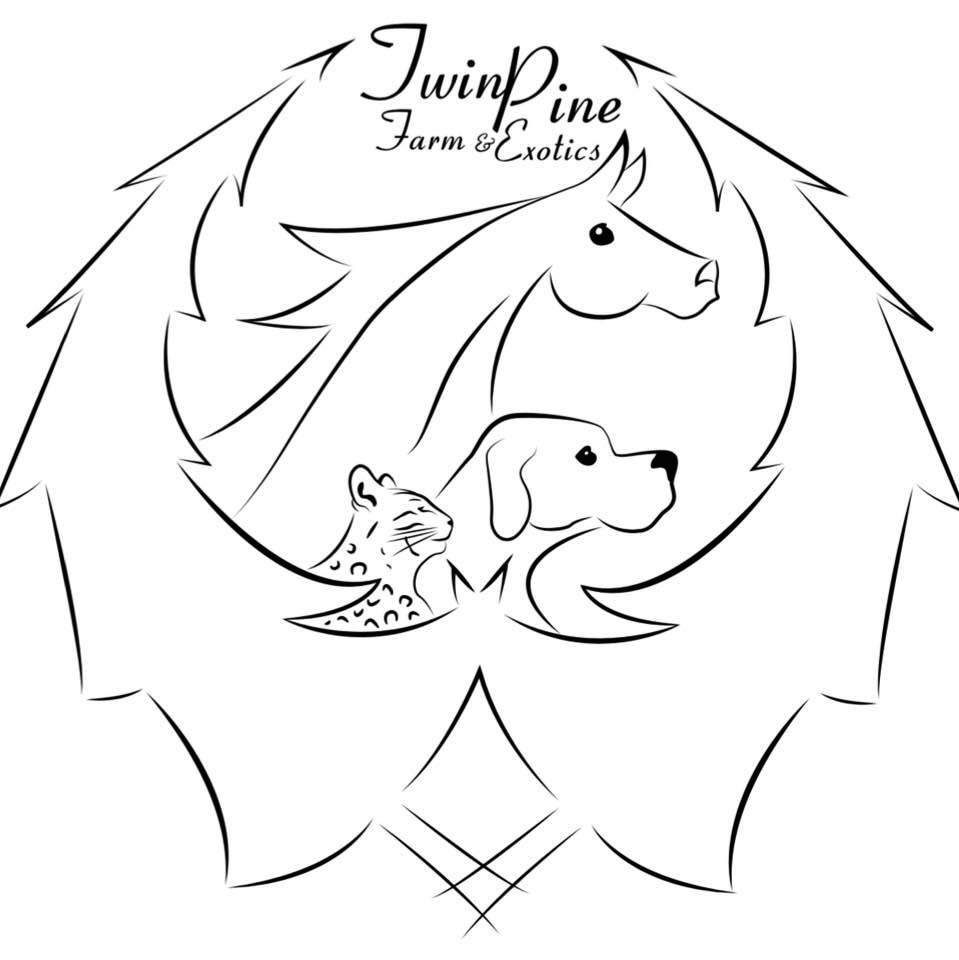Building the Future of Aardwolf Conservation in North America
- Sheri Sublett

- May 27
- 4 min read
Updated: May 31

The aardwolf (Proteles cristata) may be one of the least understood and most elusive carnivores on the planet. A member of the Hyaenidae family, the aardwolf is often mistaken for a small striped hyena-yet its biology, behavior, and ecological role are distinct. Native to the grasslands and savannahs of Southern and Eastern Africa, aardwolves are highly nocturnal, solitary, and specialized insectivores, feeding almost exclusively on termites.
Despite their distribution across multiple African countries, aardwolves are rarely seen-even by wildlife professionals. During African safari tours, guides often remark that they have never encountered one in the wild. Unlike lions or elephants, aardwolves do not appear in promotional materials or wildlife documentaries. As a result, they remain largely unknown to the public, underrepresented in zoos, and significantly understudied by science. Little formal research has been conducted on wild aardwolves, and virtually no long-term behavioral or ecological studies exist. This lack of baseline data makes conservation planning particularly challenging.
In 2022, Twin Pine Farm & Exotics Conservation Foundation (TPFECF) launched the first formal exsitu conservation program for aardwolves in North America. What began with the coordinated importation of a few founder animals has grown into a fully developed species initiative involving international permitting, genetic tracking, academic collaboration, and now, structured population planning under the Zoological Association of America (ZAA). At the core of this effort is a commitment to evidence-based husbandry, long-term sustainability, and transparent, cooperative species management.
Over the last three years, TPFECF has successfully imported a total of 15 aardwolves from Southern Africa, each arriving under legal CITES documentation and placed with partner institutions across the U.S. The entire process-from sourcing to logistics-has been conducted internally, ensuring not only compliance but also consistent standards for animal welfare and genetic documentation. Upon arrival, each aardwolf undergoes DNA sampling, with genetic sequencing and karyotyping performed in partnership with Texas A&M University. Interestingly,
these cytogenetic studies have revealed a karyotype that appears to interact more closely with felid lineages than expected, supporting the behavioral similarities often observed in managed care-such as their solitary, scent-oriented habits and feline-like vocalizations.
In early 2025, the program marked a historic milestone: the first successful captive birth of aardwolf pups in the United States in over 40 years. The birth took place at a ZAA-accredited facility in Florida and was the result of a carefully planned pairing between two of the earliest imports. This birth was not only a success story in terms of reproductive outcomes-it also presented an unprecedented opportunity to prepare for the study of aardwolf neonate development and maternal
care.
To support neonatal care protocols and better understand species-specific nutritional needs, TPFECF is working with the Smithsonian Institution to initiate the first-ever study of aardwolf milk composition. Plans are in place to collect samples from a lactating female during future births, and this research will ultimately inform hand-rearing protocols and nutritional guidelines for this species.
In parallel, TPFECF has initiated an internal studbook using the Zoological Information Management System (ZIMS) and formally applied to lead the ZAA Animal Management Program (AMP) for aardwolves. The goal of the AMP is to ensure that every animal-whether in a large zoo or a private conservation facility-is accounted for, genetically matched, and contributing to a shared, responsible
population strategy. The program also supports ongoing discussions with potential future collaborators, including researchers, ZAA institutions, and international conservation partners.
Husbandry practices across participating facilities emphasize species-specific care:
insectivore-based diets modeled after wild termite consumption, low-stress handling techniques, custom habitat design, and veterinary oversight tailored to the species' solitary and nocturnal nature. Aardwolves are highly scent-oriented and sensitive to changes in their environment, making consistent and informed care essential to their success in human care.
While aardwolves are not yet considered endangered, their survival is increasingly threatened by indirect environmental pressures-particularly pesticide and insecticide use that destroys their primary food source. Because they feed almost exclusively on termites (up to 250,000 per night), any disruption to termite populations directly impacts their ability to survive. In areas of increasing agricultural sprawl, aardwolves are often mistakenly targeted as livestock predators and suffer as a result of misidentification and habitat encroachment.
From the beginning, the vision for this project has extended far beyond exhibition. At its heart, it is a conservation-first program built on cooperation, science, and legacy. TPFECF is a private nonprofit facility with no public visitation, yet we've chosen to invest in this species because we believe small institutions can play a big role in species preservation-especially for taxa that are often overlooked
by mainstream conservation efforts. We hope that by building a transparent, ethical, and well-documented model, others can replicate it with integrity and vision.
As this work continues, we're reminded that conservation requires long-term planning, flexibility, and collaboration. Success comes through trust, data sharing, and a willingness to put the needs of the species first. The results we've seen in just a few short years reinforce that when the focus is clear and the partnerships are strong, meaningful progress is possible.
With growing interest from additional ZAA facilities and continued support from our academic partners, we are excited for what lies ahead. We're building not just a program-but a pathway for the long-term stewardship of this fascinating species.
The aardwolf deserves its place in the future of zoological conservation. And we're honored to help secure it.





Comments